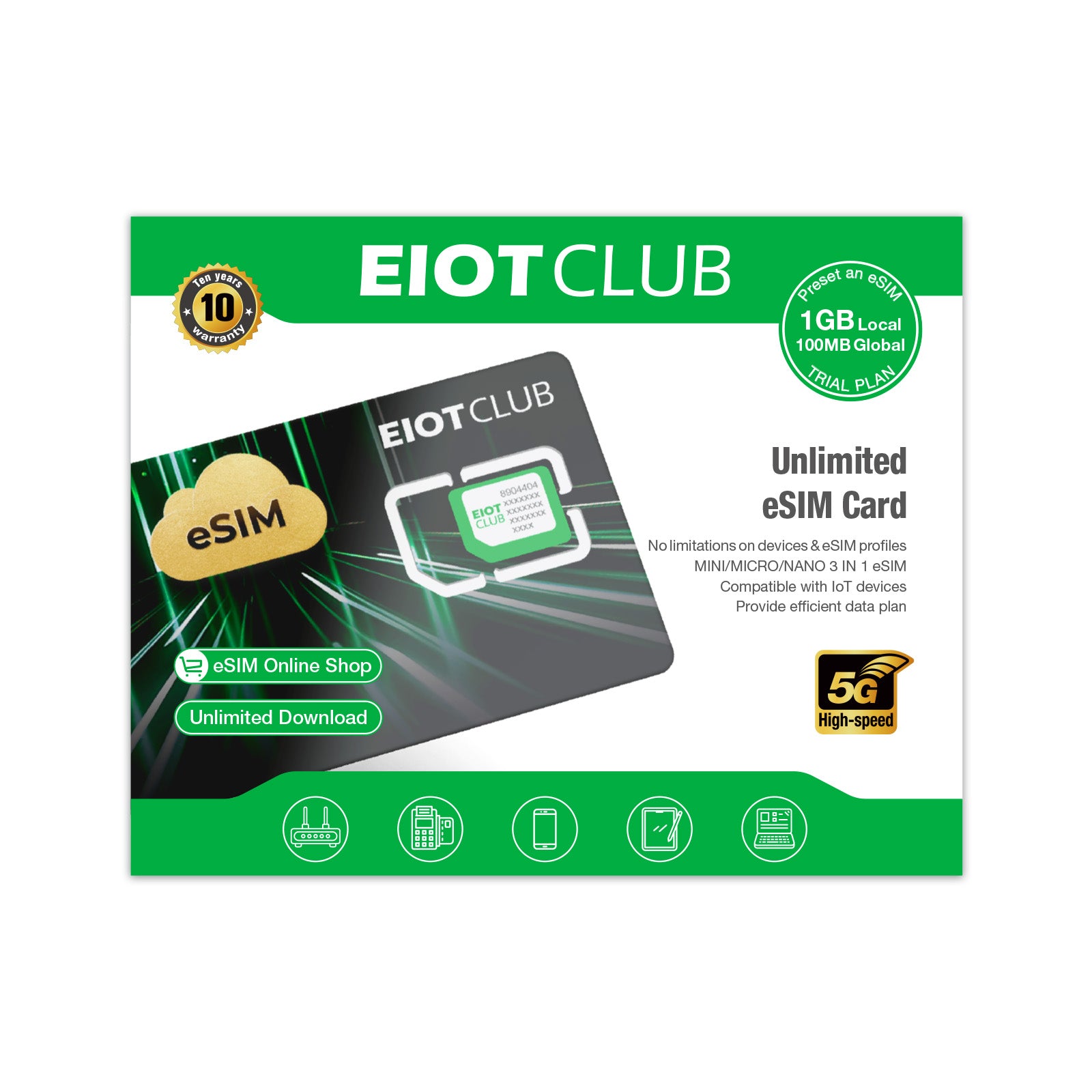Unlocking the Future: Discover the Fascinating World of Physical eSIMs vs. Traditional SIM Cards!
In today's fast-paced digital world, SIM cards have become a crucial component of mobile connectivity. Since their inception, SIM cards have evolved significantly, transitioning from the bulky traditional SIMs to the more sophisticated eSIM technology. Understanding the differences between physical eSIMs and traditional SIM cards is vital for consumers and tech enthusiasts alike, as it can impact device functionality and user experience. With the rise of smartphones, wearables, and IoT devices, the need for more compact and flexible solutions has never been greater. Let's explore the fascinating world of physical eSIMs and how they are shaping the future of mobile connectivity.

Understanding Traditional SIM Cards
Traditional SIM cards, or Subscriber Identity Modules, are small plastic cards that store the International Mobile Subscriber Identity (IMSI), allowing users to connect to mobile networks. These cards come in various sizes, including standard, micro, and nano, each designed to fit different devices. When inserted into a mobile phone, a traditional SIM card authenticates the user to the network, enabling voice calls, text messaging, and mobile data services. However, these cards also come with limitations. Users must physically swap cards when changing networks or devices, which can be inconvenient and time-consuming. Moreover, the physical size of traditional SIM cards restricts design possibilities for manufacturers, often resulting in bulkier devices. The reliance on these physical cards has left many looking for more innovative solutions.
What is a Physical eSIM?
A physical eSIM, or embedded SIM, is a revolutionary step in SIM technology. Unlike traditional SIM cards, which are removable and can be physically swapped, a physical eSIM is embedded directly into the device's motherboard. This means that the eSIM cannot be removed or lost, as it is an integral part of the device. The programming of a physical eSIM is done remotely, allowing users to activate or switch mobile network profiles without needing a physical card. This embedded nature not only saves space within the device, allowing for sleeker designs, but also enhances functionality. For instance, I remember a friend who upgraded to a new smartphone that supported eSIM technology. The ease with which he was able to switch networks without fiddling with a SIM card was a game changer for him, especially during his travels.
Key Differences Between Physical eSIMs and Traditional SIM Cards
There are several key differences between physical eSIMs and traditional SIM cards that significantly impact user experience. First and foremost, the size difference is notable; eSIMs are considerably smaller than the smallest nano SIM cards, allowing manufacturers to design thinner and lighter devices. The installation process also differs dramatically; while traditional SIMs require a user to physically insert or remove the card, eSIM activation can be done through software settings, making it more convenient. Additionally, eSIMs offer greater flexibility, as users can store multiple profiles on a single eSIM, making it easier to switch between different carriers or plans. This feature is particularly beneficial for frequent travelers who may need local SIMs without the hassle of changing cards. Overall, the transition to eSIM technology is paving the way for a more seamless mobile experience.
The Future of SIM Technology
The trends in SIM technology indicate a significant shift towards eSIM adoption. Industry experts predict that as more devices—such as tablets, wearables, and IoT devices—adopt eSIM technology, traditional SIM cards may gradually become obsolete. The benefits of eSIMs are undeniable, offering not only enhanced user convenience but also reduced production costs for manufacturers. Mobile network operators are also likely to embrace this shift, as eSIMs allow for easier management of customer profiles and streamlined activation processes. As someone who has witnessed the rapid evolution of technology, it's exciting to think about a future where users can effortlessly switch networks and plans with just a few taps on their devices. The implications for consumers and operators alike are vast, suggesting that the future of SIM technology will be defined by flexibility and user empowerment.
Embracing the Future of Connectivity
In conclusion, understanding the differences between physical eSIMs and traditional SIM cards is essential in navigating the evolving landscape of mobile technology. Traditional SIM cards have served us well, but the advent of physical eSIMs heralds a new era of convenience and flexibility. As we move towards a more connected world, the benefits of adopting eSIM technology—such as space efficiency, ease of use, and the ability to switch networks seamlessly—are becoming increasingly clear. Embracing eSIMs can enhance user experiences and drive innovation in mobile device design and functionality. The future is undoubtedly bright for eSIM technology, and it promises to unlock new possibilities for connectivity.








